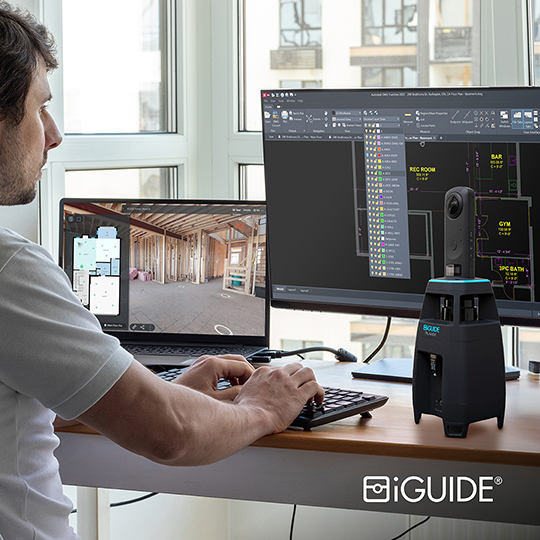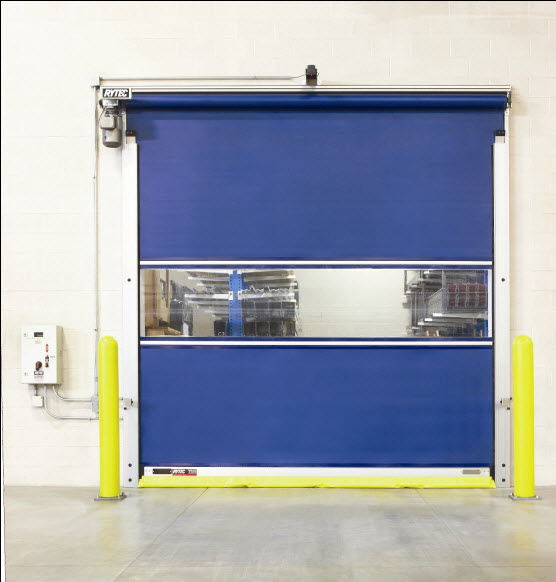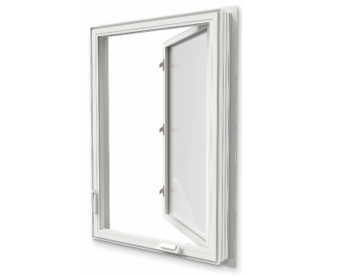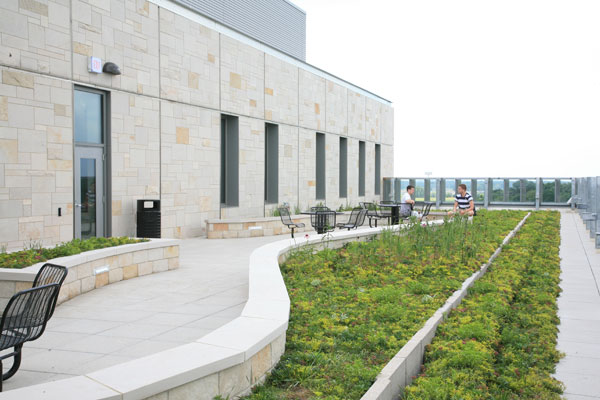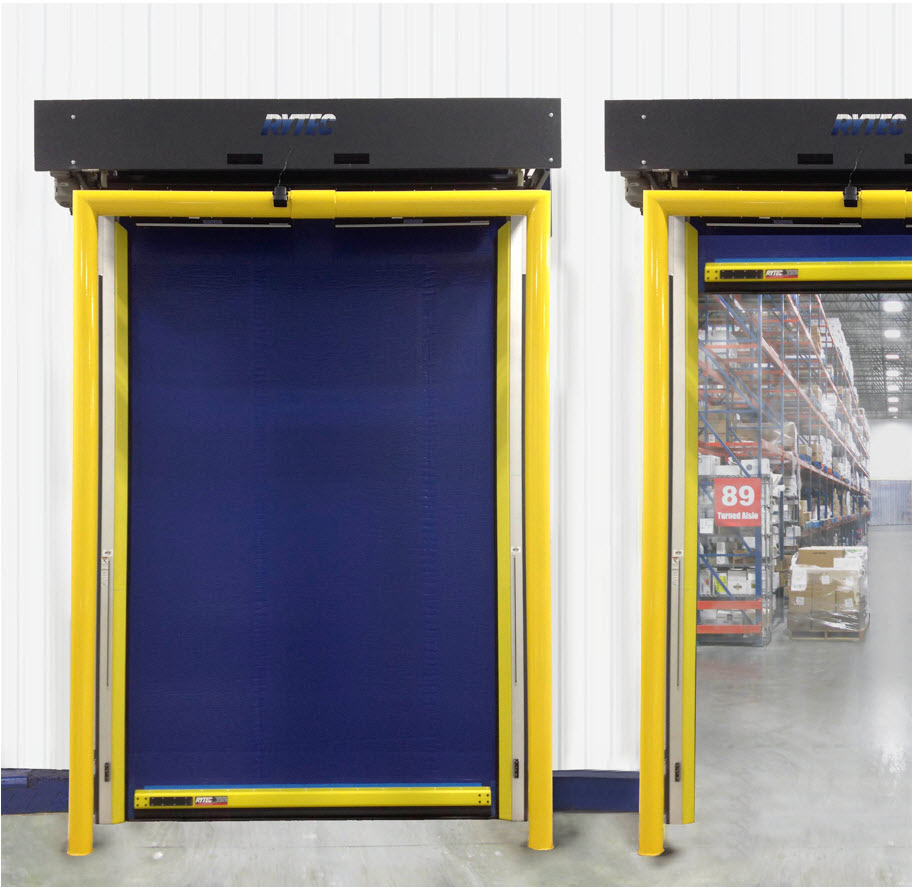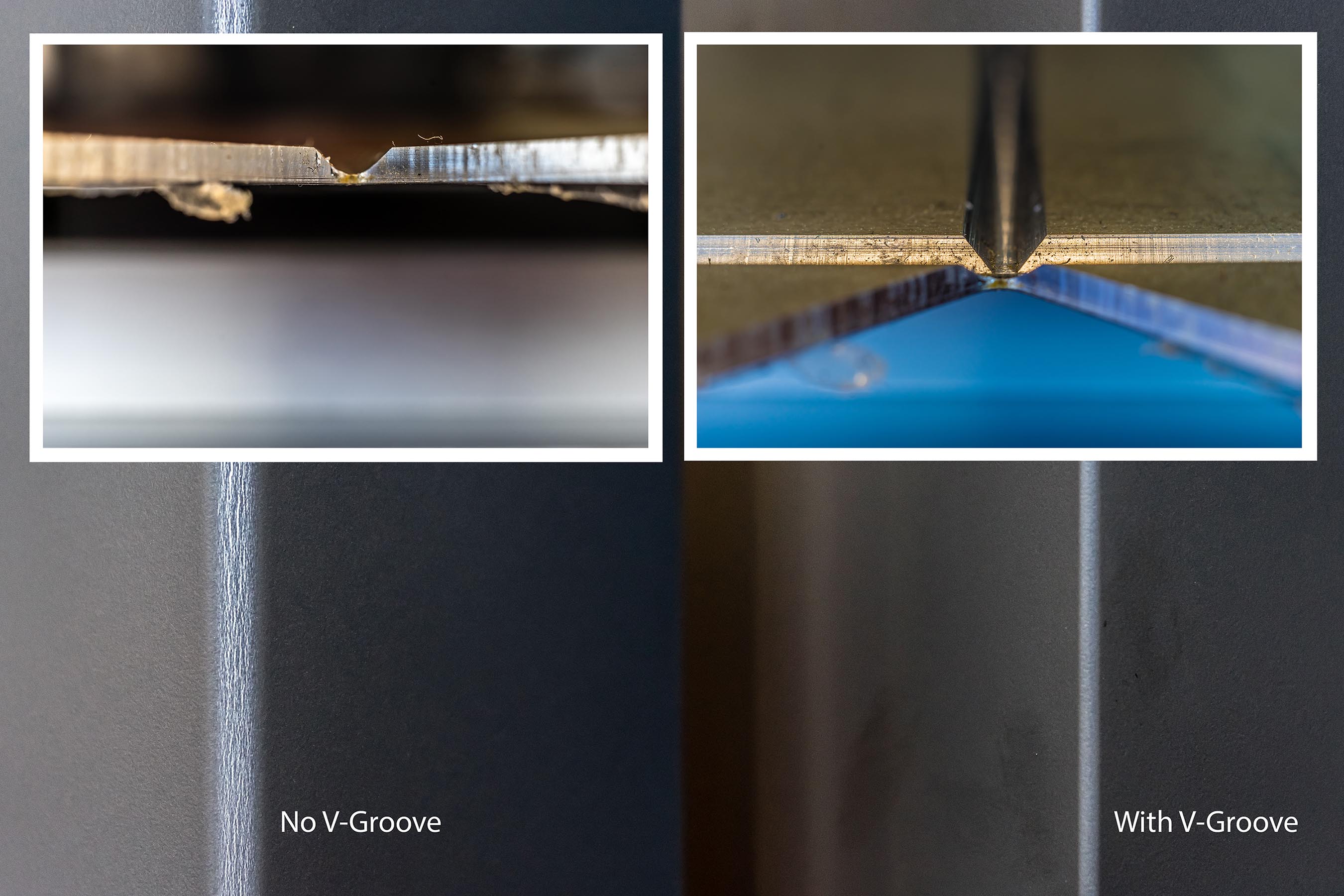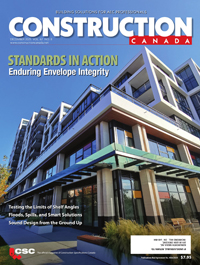Planning for green public spaces: A case for smart surveillance
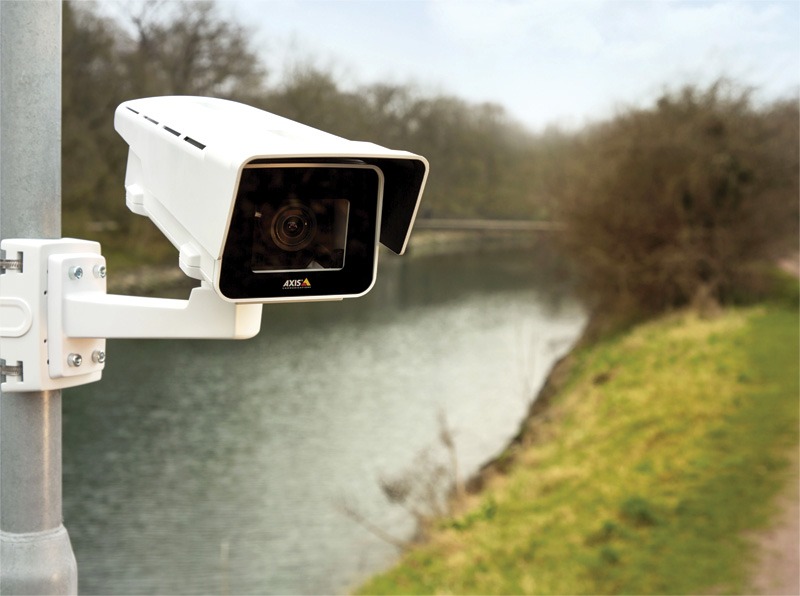
Urban planners have embraced green public spaces as essential in cityscapes because of their positive effects in building a vibrant community life and offsetting the urban heat island effect. Tree-filled parks, winding hiking trails, and other open-air natural spaces enhance the beauty of urban environments and serve as a city’s lungs by offering pockets of land through which heat can escape. While accessibility makes these areas appealing to many visitors, it also underscores the importance of ensuring visitor safety, protecting facilities, and ensuring long-term sustainability. Urban planners can rely on smart surveillance systems to create and maintain safe, sustainable, green public spaces that enrich city living through proper integration, use, and management.
The urban heat island effect
In recent years, cities across Canada have faced record-breaking temperatures, largely due to climate change. However, within highly industrialized settlements, another factor contributes to the rising heat: the urban heat island effect. This phenomenon persists in high-population areas that are densely packed with buildings, paved roads, and cars, where heat is trapped and, therefore, intensified within, causing a spike in temperature.
In urban landscapes, tall buildings play a significant role in creating hot and humid environments. These structures, often tightly clustered, elevate temperatures because they trap heat in their construction. Paved roads receive and store this heat, gradually releasing it throughout the day and even the night. Energy consumption from building operations, power generation, and car use also contributes to rising temperatures. The cumulative effect is a heat-concentrated zone that poses potential health risks.
As this phenomenon affects millions of Canadians scattered across various urban cities such as Toronto and Vancouver, urban planners have turned to green public spaces as a major solution to reduce the impact on temperature and simultaneously provide a welcome respite from the hustle and bustle of the fast-paced city life.
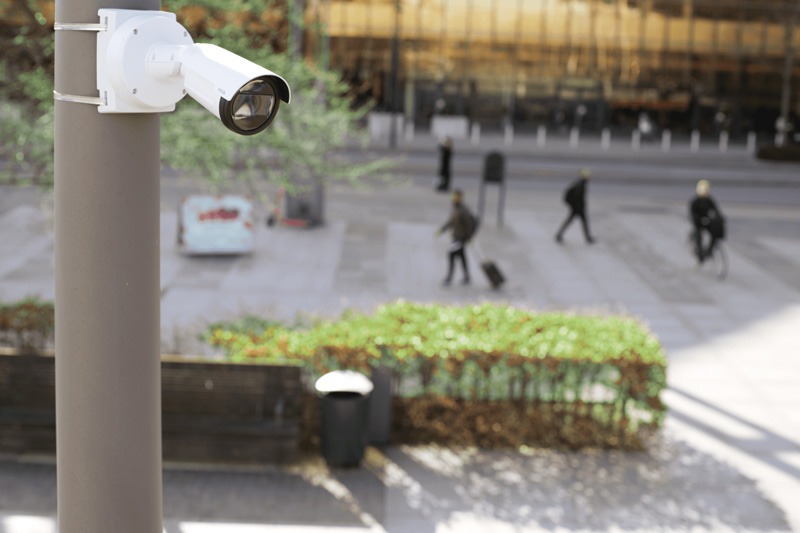
The importance of surveillance on green public spaces
The accessibility of green public spaces and their significance in people’s daily lives make it crucial for city planners to implement measures to keep these areas safe and secure for visitors. Surveillance cameras fulfil their fundamental purpose of providing law enforcement with real-time and offline footage for crime prevention and forensic investigation; however, beyond that, cameras can provide comfort and peace of mind to visitors while assisting facility personnel in managing operations. Further, audio capabilities can significantly boost and expand a system’s capabilities, giving it the power to communicate emergency and non-emergency messages and even cultivate a more relaxing and inviting environment through ambient music.
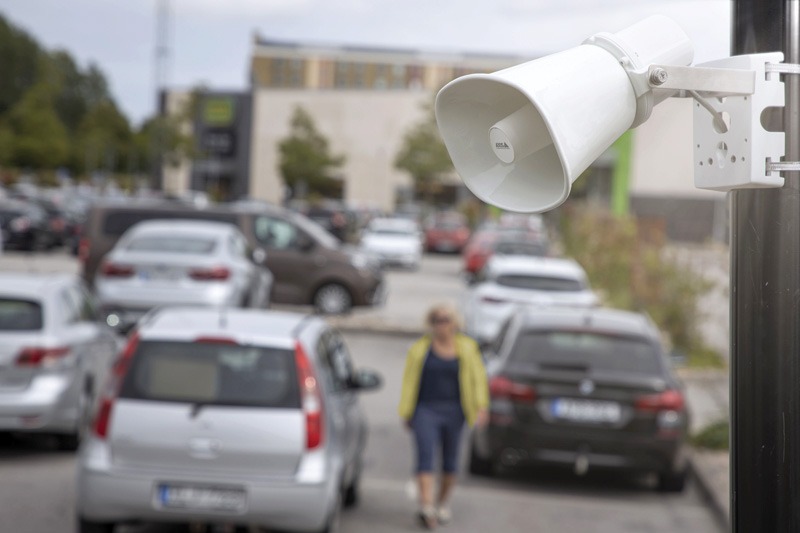
Crime prevention and forensic investigation
Safety and security are two non-negotiable priorities that urban planners must consider when designing and developing green public spaces. Surveillance systems have undergone great technological advancements that have expanded their capabilities. Today’s surveillance cameras offer improved monitoring features, including low light and thermal imaging, for effective operation in dark and challenging conditions. Pan, tilt, and zoom functions provide broader and more detailed coverage, while specialty cameras can be customized to meet specific needs and scenarios.
In addition to advancements in surveillance camera capture capabilities, new technologies have emerged to enhance their functions. These innovations work together to create a comprehensive system that detects, analyzes, and prevents crime. Urban planners can deploy this system in green public spaces, such as parks, playgrounds, and hiking and biking trails, to ensure safety and security.
For example, deterring potential offenders is paramount in playgrounds and splash pads, where children frequently wander away from their parents while interacting with others and using equipment. Conspicuous box cameras can serve as a deterrent, making bad actors think twice about their actions. When equipped with audio speaker capabilities, these cameras allow security personnel to issue real-time warnings or deterrent messages, adding an extra layer of safety and reassuring parents and guardians that the area is being closely monitored. These speakers may also be used for music playback during low-alert situations, adding to the child-friendly mood of the space.
Meanwhile, artificial intelligence (AI) is an asset in supporting forensic investigations. By leveraging advanced analytics, surveillance systems can process hours of footage from various cameras, alleviating the need for manual video review. This speeds up post-incident investigations more efficiently and accurately, enabling operators to identify and pinpoint relevant footage and critical details swiftly.
In the event of an abduction at a playground, AI can analyze hours of footage from various cameras and vantage points to search for clothing details or notable facial features based on witness testimony. The speed and accuracy of AI allow for tracking the movements of the perpetrator(s) and potentially identifying escape vehicles. This data enables police to make more informed and efficient decisions, increasing the likelihood of a successful rescue. For audio-enabled surveillance systems, voices and conversations are recorded, providing more information and understanding of the footage captured.
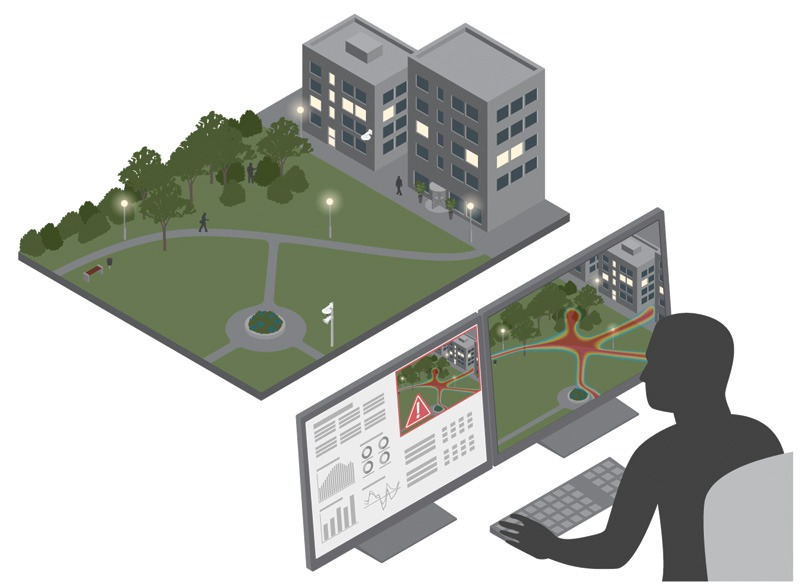
Emergency response
Green public spaces are often bustling with activity, featuring energetic environments where athletes and amateurs engage in sports such as tennis, football, baseball, and others.
During the summer, these spaces are exposed to intense heat, potentially leading to dizziness, headaches, or dehydration. When designing or redesigning this dynamic environment, urban planners must carefully assemble a surveillance system that monitors movements within these spaces and environmental factors such as temperature, humidity, and other weather conditions. This optimizes the data quality that city officials and first responders can use to monitor and respond to emergencies. Internet of Things (IoT) sensors—small, internet-connected devices embedded in the environment to collect and transmit real-time data—may measure temperature and other environmental factors and alert personnel once a certain threshold is crossed. At this point, personnel may issue warnings or decide to close the grounds. With audio speaker capabilities, these updates may be communicated immediately.
Cameras on hiking trails can act as crucial safety monitors. For instance, if someone faints along the trail, smart surveillance systems can detect this unusual behaviour and alert security personnel to respond. These systems can even automatically notify first responders based on predefined parameters. With such advanced monitoring, runners and hikers can undertake their activities more confidently and with peace of mind.
City planners can integrate audio-enabled surveillance systems to equip first responders and personnel with the proper tools to attend to emergencies. With audio, personnel can remotely communicate with people in the area of concern, ensuring quick and timely action on issues. For example, in the case of lost children, these speakers can be used to instruct the child or the public to be on the lookout. Additionally, in events where inclement weather is expected, these speakers may also be used to inform and warn the public and, in extreme situations, instruct or facilitate evacuation.
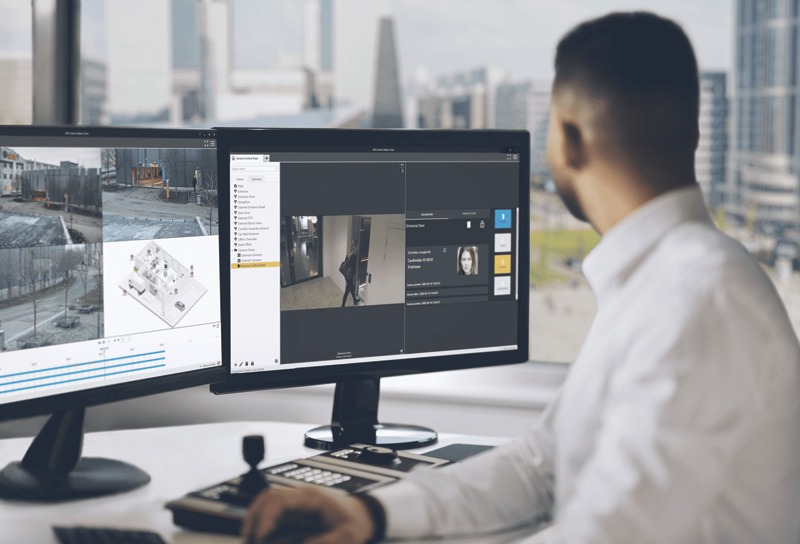
Maintenance and improvement
City planners must continuously maintain and improve the design of green public spaces to align with visitors’ evolving interests and priorities. Surveillance systems are crucial in researching visitor behaviour and analyzing traffic occupancy patterns. Insights from surveillance data can help city planners make fact-based assumptions and decisions regarding various priorities, such as design, security measures, and operations.
For instance, when redesigning or renovating parks and other recreational areas, AI and data analytics can be leveraged by urban planners to create “digital twins,” which are replicas that mirror various aspects of their real-world counterparts based on data gathered by sensors and IoT devices. With digital twins, city planners can explore an array of simulations and assess which design or renovation will perform or serve the public needs the best.
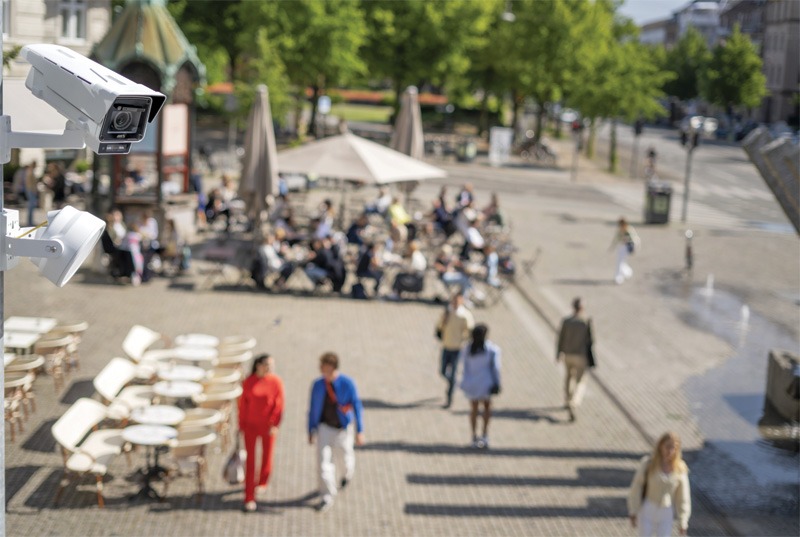
Priorities and concerns in using smart surveillance in green public spaces
Smart surveillance systems rely on continuously gathering data to improve, secure, and enhance green public spaces. As such, city planners, surveillance operators, and other bodies with access should prioritize the secure storage, transmission, and safekeeping of these data. When mounting surveillance systems, care must be taken to ensure cybersecurity and other legal and ethical concerns are considered.
Cybersecurity
When installing and operating surveillance systems, particularly in high-traffic areas such as green public spaces, it is essential to implement safeguards against unauthorized access, tampering, and cyberattacks. This responsibility is shared between the surveillance system supplier, city planners, and operators. It must be upheld throughout the entire system’s lifecycle—from the production, distribution, implementation, and in-service phases to decommissioning.
What does cybersecurity look like in each phase? The production and distribution phase involves city planners, who must carefully select suppliers and ensure they follow the same strict standards as their suppliers. The implementation phase entails resetting the device to its factory defaults and installing the most up-to-date operating system. This step ensures the system is free of unauthorized modifications and prepared to address the latest vulnerabilities.
During the in-service phase, it is critical to maintain system security by regularly updating the operating system. Signing up for notifications ensures operators receive timely security updates. Finally, suppliers should provide an end-of-support date to support during the decommissioning phase that operators must be aware of. Before support ends, it is vital to securely remove data and transition to new or updated systems to maintain cybersecurity.
Transparency
Since surveillance can create an unsettling feeling, transparency is a key ethical consideration. As with other areas with surveillance systems, city officials should prominently display signs and announcements in green public spaces. There should be display signs and announcements in the vicinity if surveillance is in operation. When audio speakers are installed, these announcements may also be regularly programmed. This transparency allows people to make informed decisions about their actions and conversations while in the space. Additionally, it serves as a deterrent to bad actors, signalling them to reconsider any harmful intentions.
Privacy
Green public spaces are oftentimes nestled in residential neighbourhoods and communities. When installing surveillance systems near entrances, exits, or areas with visibility of private properties, city planners must implement real-time privacy masking. This ensures that faces and license plates are automatically obscured, allowing security measures to be carried out while respecting individuals’ privacy. By utilizing this feature, surveillance can be conducted in a manner that prioritizes safety and personal privacy protection.
Conclusion
As green public spaces become indispensable in many cityscapes for enhancing the quality of life, surveillance emerges as an ideal solution for crime prevention, forensic investigation, emergency response, and maintenance and improvement. By implementing surveillance systems with thoughtful practices that prioritize cybersecurity, uphold transparency, and respect privacy, city planners can significantly improve various facets of city living while fostering safer, well-maintained public areas.
Author
Sophie Laplante is the business development manager of public safety at Axis Communications Inc. Her causes are civil rights and social action, education, the environment and health, and science and technology. She is the director of the Women in Security (WIS) committee and a member of the board of directors for the American Society for Industrial Security (ASIS) Quebec chapter.


